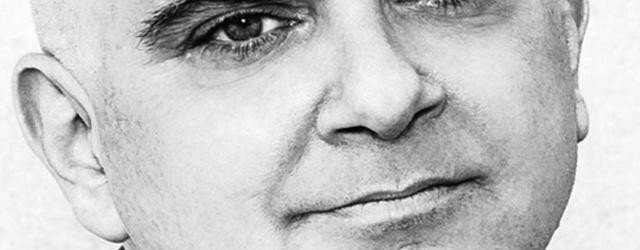
By CHRISTOPHER SCHROEDER
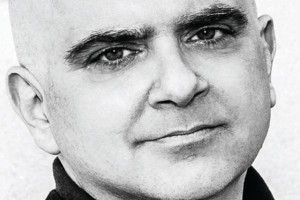 There wasn’t much exceptional about my recent lunch out with a couple dozen young, aspiring entrepreneurs. It was a typical, crowded, buzzing, Nandos-like joint—good food cheap, easy to pull tables together so we could talk. These were men and women debating the latest technologies, describing their recent ideas, regularly interchanging their physical engagement with checking their SnapChat, Instagram, Twitter and Facebook apps.
There wasn’t much exceptional about my recent lunch out with a couple dozen young, aspiring entrepreneurs. It was a typical, crowded, buzzing, Nandos-like joint—good food cheap, easy to pull tables together so we could talk. These were men and women debating the latest technologies, describing their recent ideas, regularly interchanging their physical engagement with checking their SnapChat, Instagram, Twitter and Facebook apps.
I asked one woman how she best prepares for the rigor of building a company. “By doing!” she smirks at me. She pauses, and adds, “Oh, and I read all the top Silicon Valley blogs and take a few classes from Stanford, Wharton and other colleges around the world for free on Coursera.” Several at the lunch put down their forks and show me their smart phones, each open on Wifi to courses like “Introduction to Marketing, “International Leadership and Organizational Behavior” and “Better Leader, Richer Life.”
One young man describes to me his startup. It is a bit like AirBnB for an adventure traveler though more low-tech, more, say, a tech-enabled travel agency. The new generation, he explains, doesn’t just want to “see” a place, they want to understand how people live, think and engage. He has found countless families recently near the area’s beautiful mountain/hiking areas who are happy to open their homes, feed young people, take them to unique cultural sites and gatherings for music and art.
“Where are you taking the next cohort of travelers?” I asked.
“The Kurdish area—it is one of the most beautiful and most interesting parts of our country.”
And that was the one exceptional, or at least unexpected, thing about my lunch: just last month I was sitting with young entrepreneurs in the heart of Tehran, Iran.
Before lunch, I had only met perhaps five Kurds in my life. “The Kurdish area” for me conjured up terror attacks and ISIS, though its long, rich history is split among three countries—Iraq, Iran and Turkey.
“Is it safe?” I asked, “Are you at all concerned being so close to the Iraqi border?”
He smiled and said, “Well, we are fine in Iran but as we got within a few miles of the Iraqi border, our mobile phones started buzzing. I looked at my texts and here’s what I saw.”
I imagined at best some warning, at worst outright threats. I looked at his phone and it read:
“Welcome to Iraq. Feel at home while you roam on Korek Telecom network [the local mobile provider]. For any inquiries please call +9647508000400.”
***
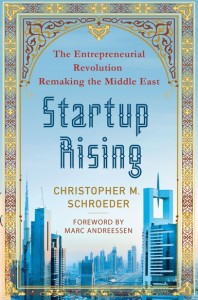 This is a tale of two Irans. This is, specifically, the tale of the other Iran.
This is a tale of two Irans. This is, specifically, the tale of the other Iran.
The tale we hear most often focuses on natural resources like oil as their greatest asset or nuclear power as their greatest threat—a narrative frozen in time, stretching back decades with remembered pain on both sides. For many Americans, the reference point for Iran is still centered on the hostage crisis at the U.S. embassy in Tehran over 35 years ago; for others, it has focused on Iranian support for destabilizing regional actors against our interests and costing lives.
At the same time, of course, Iranians have their own version of this tale: Many remember well U.S. support for a coup of their elected leadership, our support for a dictatorial regime and later encouragement of a war in Iraq that cost nearly a half-million Iranian lives.
Politics, power, mistrust: This is one version of how the media frames discussion of Iran. It’s very real, and it has much caution and evidence to support it.
But there’s another tale, one I saw repeatedly in my trip there last month. It was my second visit within the year, traveling with a group of senior global business executives to explore this remarkable and controversial nation.
This tale focuses on Iran’s next generation, an entirely new generation that came of age well after the Islamic Revolution, and on human capital, the greatest asset a country can have. It’s about technology as the driver for breaking down barriers even despite internal controls and external sanctions. People under age 35 represent nearly two-thirds of Iran’s population at this point: Many were engaged in the Green Movement protests against the Iranian presidential election in 2009. Most are utterly wired and see the world outside of Iran every day—often in the form of global news, TV shows, movies, music, blogs, and startups—on their mobile phones.
This is a tale we rarely hear about.
These perceptions—and the complicated details of trust building on both sides—are especially top of mind right now because of the fast-approaching deadline for negotiations around the Iranian nuclear program. The negotiations, of course, will include when, how, and under what conditions to ease sanctions. The outcome of this agreement—and whether it even happens—will impact us in ways that we can’t yet understand, but it will also impact this new generation of Iranians even more.
***
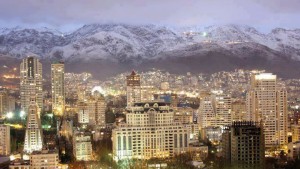 It’s tempting to simplify these two tales of Iran into a polarizing discussion of “theocracy” versus “technology,” “closed” versus “open,” or even of the tension between “local” versus “global.” All of these simplifications are a huge mistake. For one thing, they grossly diminish an extremely rich, nuanced, and yes, sometimes messy story. Washington in particular and our media in general favors one tale by reducing complexity generally to an either/or (“Is it a good thing or a bad thing?”), when we all know things are much more complicated and contradictory.
It’s tempting to simplify these two tales of Iran into a polarizing discussion of “theocracy” versus “technology,” “closed” versus “open,” or even of the tension between “local” versus “global.” All of these simplifications are a huge mistake. For one thing, they grossly diminish an extremely rich, nuanced, and yes, sometimes messy story. Washington in particular and our media in general favors one tale by reducing complexity generally to an either/or (“Is it a good thing or a bad thing?”), when we all know things are much more complicated and contradictory.
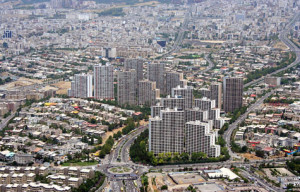 Because in reality, Iran is a country where Facebook is banned, yet in the conservative, holy city of Qom a Grand Ayatollah—among the highest echelons of clerics—lamented to us excessive use of Facebook among his grandchildren. It is a country that is home to one of the oldest civilizations in the world, but that has become a magnet to the fastest-growing economy in the world: Possibly 30,000 or more Chinese expatriates are now living in Tehran alone. Many of them speak Farsi.
Because in reality, Iran is a country where Facebook is banned, yet in the conservative, holy city of Qom a Grand Ayatollah—among the highest echelons of clerics—lamented to us excessive use of Facebook among his grandchildren. It is a country that is home to one of the oldest civilizations in the world, but that has become a magnet to the fastest-growing economy in the world: Possibly 30,000 or more Chinese expatriates are now living in Tehran alone. Many of them speak Farsi.
The analogy that immediately comes to mind here (and that has been applied to the narrative of other countries evolving so) is of a palimpsest, where every layer underneath is covered up by some new truth, but what’s imprinted there also never entirely disappears.
Christopher Schroeder is a tech entrepreneur, investor and executive in Washington, D.C., and the author of Startup Rising: The Entrepreneurial Revolution Remaking the Middle East. Follow him on Twitter at @cmschroed.
Republished with permission from Christopher Schroeder.
Originally published at: http://www.politico.com/magazine/story/2015/06/iran-tech-startups-119506.html#ixzz3ed3TMD7Z